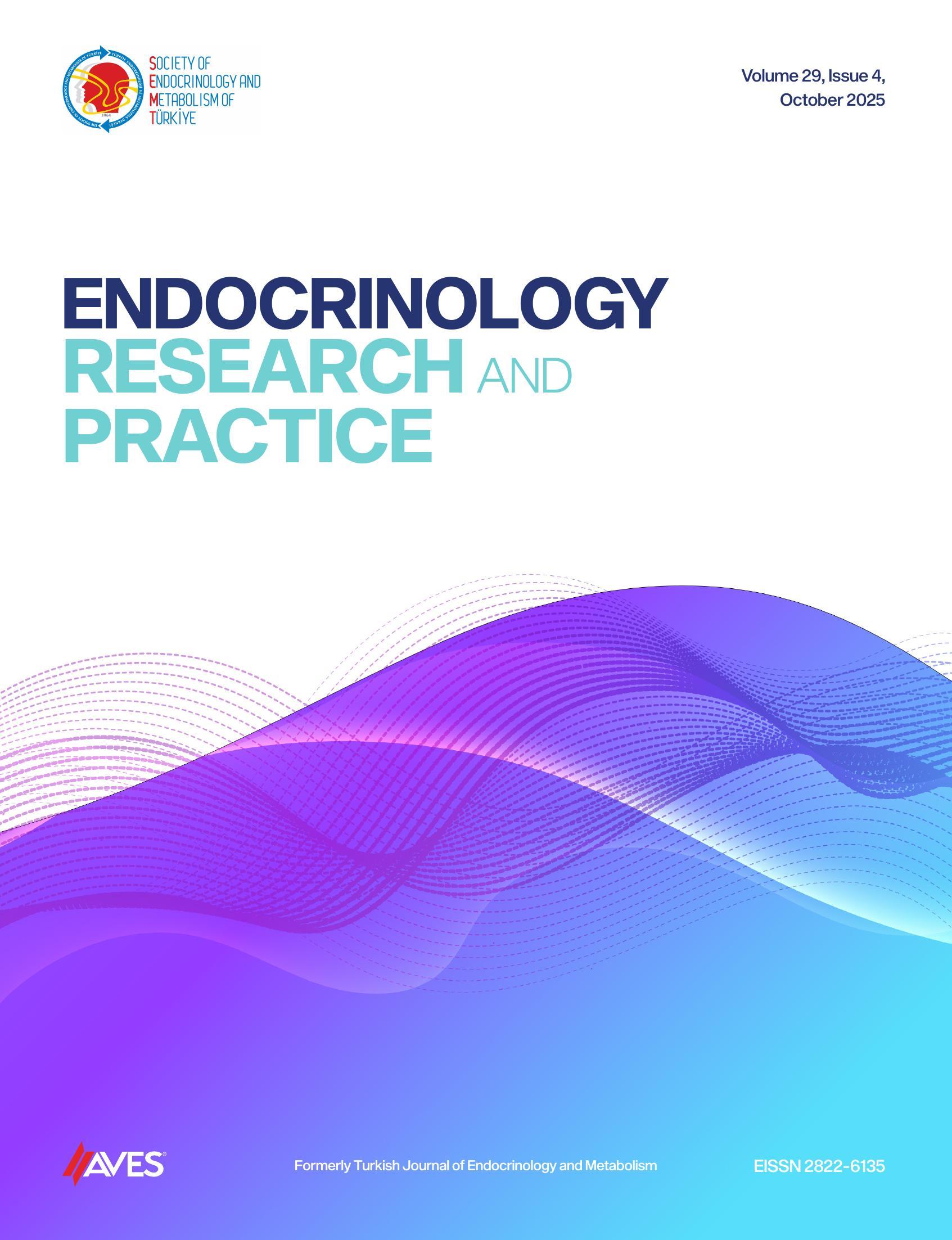Abstract
Objective: Osteoprotogerin (OPG), in addition to its effects on bone metabolism, is a molecule which has also different effects on cardivascular system. Despite the fact that it was alleged that there is cardiovascular protection in animal studies, there are contradictory results in human studies. The aim of this study is to detect the role of osteoprotegerin in diagnosis and determining cardiovascular risk of patients with polycystic ovary syndrome (PCOS) which is a disease with multisystem effects.
Methods: The study has been on 28 premenopausal healthy women and 57 patients with polycystic ovary
sendrome who have applied to Ankara Numune Training and Research Hospital, Clinical of Endocrinology, between 1 June 2017 and 1 September 2017. On every participants, histories were received, body mass indexes were calculated, the tests and suprapubic ovary ultrasonographies for PCOS diagnosis and definitive diagnosis have been made, serum OPG level has been studied by enzyme-linked immunosorbent assay. Statistics have been analyzed in IBM SPSS for Windows Version 22.0 programme.
Results: Serum OPG levels were similar in PCOS and control group and there was no statistically significant difference (p=0.815). In correlation analysis, we detected liminal positive correlation between OPG and LH levels in all participants and PCOS group (p=0.057 and 0.058), positive correlation between OPG and total testosterone levels (p=0.045). While liminal possitive correlation between OPG and insulin and HOMA-IR (p=0.063 and 0.059, respectively). liminal negative correlation with TSH (p=0.06) were detected in all participants, these correlations were not observed in PCOS group.
Conclusion: Despite the fact that there is not a significant difference in OPG levels between patient group and the healthy control group, a positive correlation between OPG and total testosterone, and liminal possitive correlation with LH was indicated that OPG may be a contributory factor in PCOS pathogenesis. Of the cardiovascular risk markers, positive correlation was observed between only HOMA-IR, fasting insulin and OPG in all subjects, but a significant association was not observed in patients with PCOS. All in all, these results suggest that OPG is not a contributory factor in determining cardiovascular risk in PCOS.

-1(1).png)

.png)